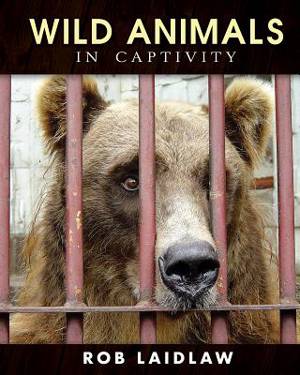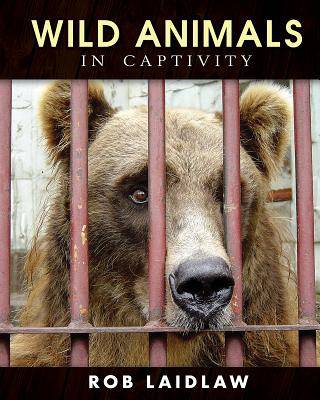
- Afhalen na 1 uur in een winkel met voorraad
- Gratis thuislevering in België vanaf € 30
- Ruim aanbod met 7 miljoen producten
- Afhalen na 1 uur in een winkel met voorraad
- Gratis thuislevering in België vanaf € 30
- Ruim aanbod met 7 miljoen producten
Omschrijving
"A caged lion pacing back and forth on a worn path and dolphins swimming in unending circles are captive animals exhibiting 'stereotypies, ' or repetitive abnormal behaviors. These disturbing behaviors are a common sight in many zoos. Laidlaw effectively captures the plight faced by captive wild animals, even in major, apparently high-quality zoos. In four riveting chapters he explores first the general issues of life in captivity, then addresses specific, often severe, problems faced by polar bears, elephants, dolphins and Great Apes. He goes on to discuss types of zoos and their particular flaws, then concludes with advice for readers on objective evaluation of the zoos they visit and offers a list of ten ways to help animals in captivity. This eye-opening look at zoo issues will strike a chord with readers and would be a useful addition to most collections."
-- Kirkus Reviews on the hardcover edition
"The issues raised in this important and powerful book will resonate with young and old."
-- School Library Journal
A large family of elephants ambles all day along a well-remembered route across the hot African savanna. Halfway around the world in a zoo in Alaska, a single female elephant paces back and forth in her cramped, concrete pen. During the sub-arctic winter, she lives alone in a dark barn. When you visit a zoo do you ever wonder what it must be like for the animals who live day by day in the same enclosures? Author Rob Laidlaw asks the tough questions that zoos often avoid: should these animals be in there at all?
This is an eye-opening look at the lives of captive wild animals -- at bad zoos, good zoos, and the best wild animal sanctuaries.
Specificaties
Betrokkenen
- Auteur(s):
- Uitgeverij:
Inhoud
- Aantal bladzijden:
- 48
- Taal:
- Engels
Eigenschappen
- Productcode (EAN):
- 9781554553884
- Verschijningsdatum:
- 21/12/2017
- Uitvoering:
- Paperback
- Formaat:
- Trade paperback (VS)
- Afmetingen:
- 203 mm x 251 mm
- Gewicht:
- 181 g

Alleen bij Standaard Boekhandel
Beoordelingen
We publiceren alleen reviews die voldoen aan de voorwaarden voor reviews. Bekijk onze voorwaarden voor reviews.











